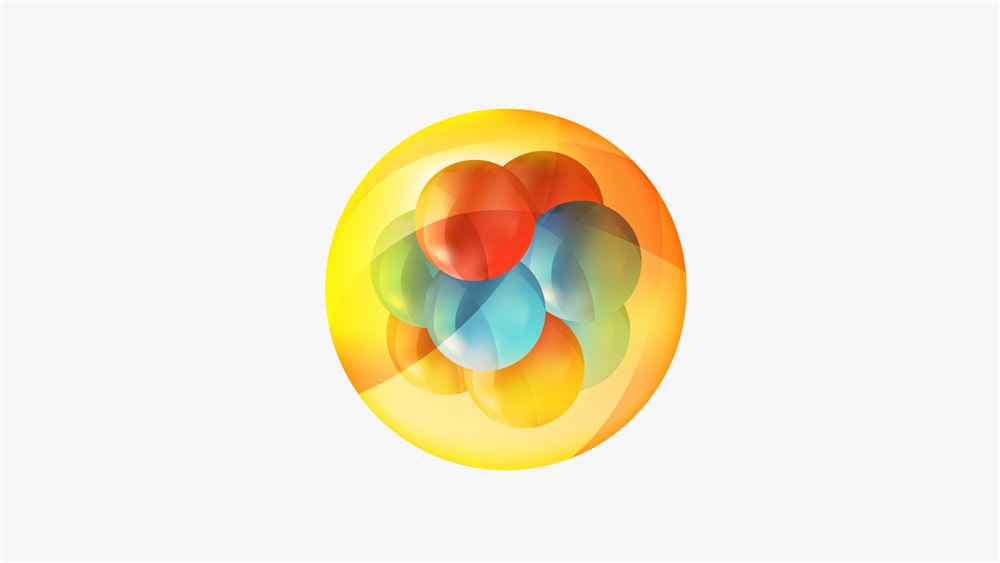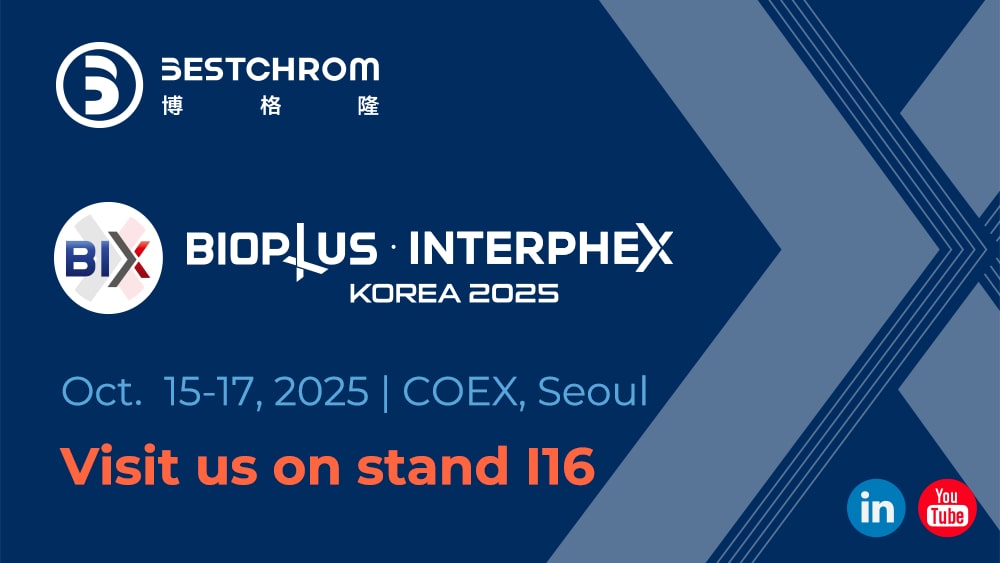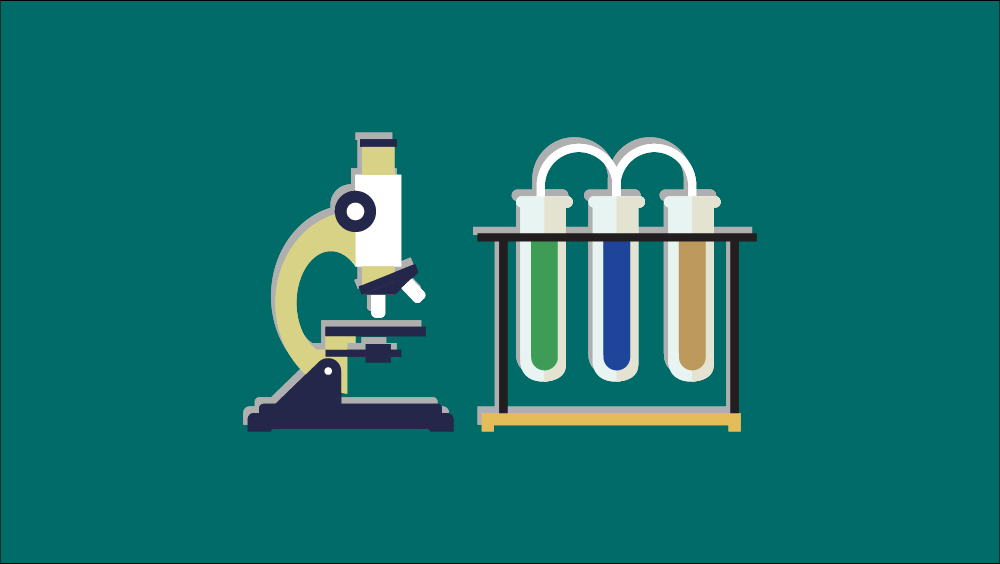pH gradient is a chromatography approach based on adjustment of buffer pH. The charged state of the protein is regulated by varying pH gradient, which helps to achieve purification purpose by impacting interactions between proteins and IEX resin.
Work principle of pH gradient:
• Charge states vary according to pH value and molecular types.
• Adjusting interaction strength between protein and resin via pH change
• Elution at a smaller fraction range, improved separation effectiveness
Bi-specific antibody (BsAb) has been gaining increasing attention in bio-pharmaceuticals for its unique structure and efficacy potential. However, BsAb downstream processing faces more challenges due to its complex molecular structure, where various impurities can be found including aggregates, antibody fragments and mismatched molecules. Compared with traditional salt gradient method, pH gradient method enjoys better performance in isolation of proteins in different conformational states such as monomer, dimer and aggregate. Therefore, it is particularly suitable for isolation of molecules with complex structure.
Advantage of pH gradient approach
Better selectivity:
• Compared to salt gradient, pH gradient can achieve finer separation of complex molecules by using isoelectric point (pI) disparity of proteins.
• Can be used for isolation of aggregates, antibody fragments and mismatched antibody, providing higher purity.
Mild elution condition
• No need of high salinity elution, more friendly to certain proteins, lower risk of aggregates formation
• Suitable for high salinity-sensitive molecules
Applicable for the optimization of downstream processing
• Mix buffer and get linear pH gradient, precise control of elution condition
• Bind IEX resins, better effect of impurity removal.
Limitations of pH gradient approach
Complexity in method optimization
• Suitable buffer system is necessary for pH gradient establishment, delicate pH adjusting is needed to maintain stability of proteins.
• pH gradient stability can vary among different batches, extra validation is needed for subsequent scale-up.
Higher demand for instruments
• high precision gradient mix system is needed
• on-line pH monitoring system is needed
Risk of protein stability
• overly acid or alkali condition can cause protein denaturation or aggregation.
• pH gradient range optimization is needed to lower the risk of protein losses and denaturation.
Roadmap for pH gradient experiment
1. Choose the right pH range
• First try wider pH range, find pH of homodimer, target antibody, antibody fragment and aggregate.
• Use pH value which is 0.5 unit lower than impurity peak as starting point, pH which is 0.5 unit higher than whole target antibody peak as end point.
• Try best to bring pH gradient range within 3 pH units while still make sure it is not beyond pI, so as to prevent the formation of precipitation antibody.
2. pH gradient buffer:
• choose the right buffer system: different gradient range will require different buffer system. Examples:
• 15.6 mM CAPS, 9.4 mM CHES ,4.6 mM TAPS , 9.9 mM HEPPSO, 8.7 mM MOPSO,11.0 mM MES 13.0 mM Acetate ,9.9 mM formate, 10 mM NaCl, adjust pH with NaOH.
• pH6-8.5:A: 20 mM phosphate buffer, pH 6.0;B: 20 mM phosphate buffer, pH 8.5;
• pH10.5-3.5:9.8mM Methylamine、9.1mM 1,2-Ethanediamine、6.4mM 1-Methylpiperazine、13.7mM 1,4-Dimethylpiperazine、5.8mM Bis–tris、7.7mM Hydroxylamine
How to get a suitable approach?
In practical application, it is recommended to choose the right gradient method according specific process target and protein features:
|
Criteria
|
pH gradient method
|
Salt gradient method
|
|
Selectivity
|
High, achieve precise isolation of molecules with similar structure.
|
Lower, mainly rely on changes in ionic strength.
|
|
Core strength
|
High selectivity , no need of high salinity condition
|
High resolution, easy operation, more universal application
|
|
Limitation
|
Complex operation, might damage protein stability.
|
Precipitation caused by high salinity, desalting is nedded.
|
|
Application
|
Separation of salinity-sensitive proteins or proteins having similar pI
|
Proteins carrying varied charges, proteins enjoys better salinity stability.
|
Conclusion
pH gradient method enjoys outstanding advantages in the removal of aggregates, antibody fragment and dimer. It is suitable for the purification of complex molecules such as BsAb.
However, pH gradient method is subject to challenges in terms of method optimization, instruments and protein stability, which requires some weighing to get the best result for your situation.
In practical process development, it is recommended to screen pH range via lab-scale trial. Combined with on-line monitoring approach and optimized pH gradient condition, optimal purification performance can be achievable.









.png)


